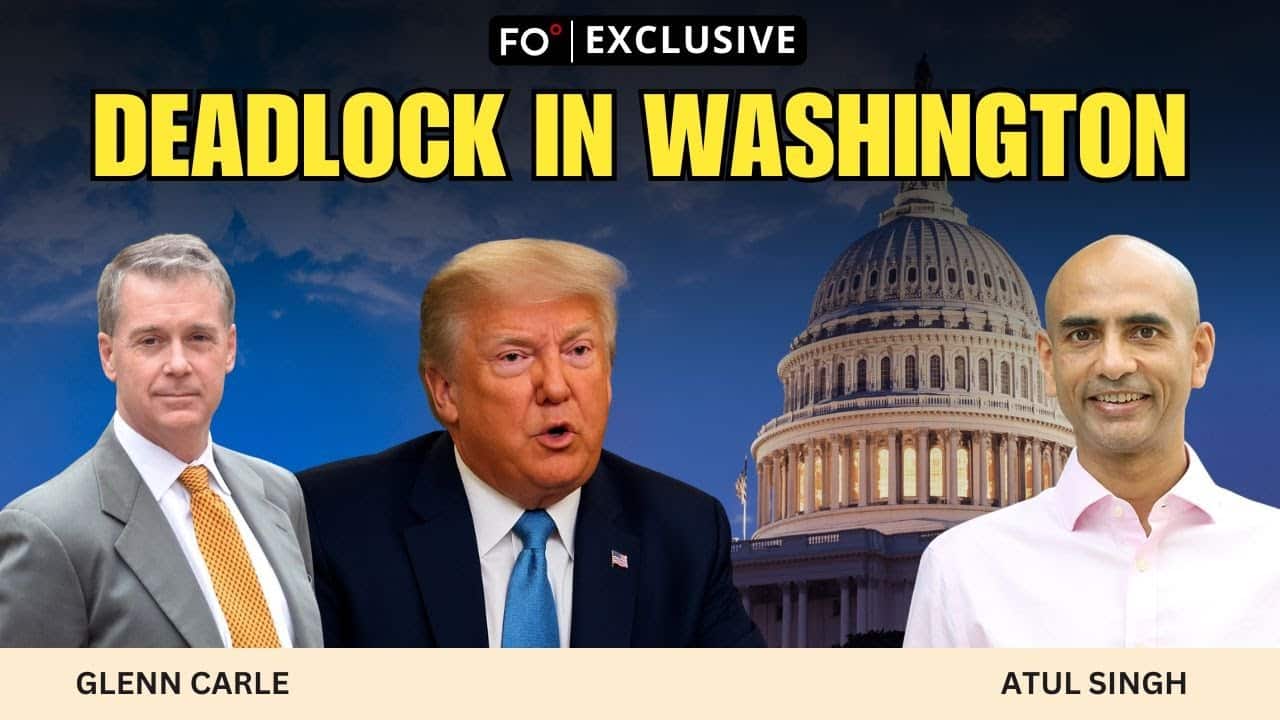Rohan Khattar Singh, Fair Observer’s Video Producer & Social Media Manager, speaks with Cherish Mathson, a retired Lieutenant General of the Indian Army, about the aftermath of the May 2025 clashes between India and Pakistan. They focus on India’s military posture, Pakistan’s foreign policy maneuvers and the potential flashpoints that could escalate into broader conflict. Mathson offers both factual clarifications and subjective assessments, while Khattar Singh presses on the strategic implications.
India’s Operation Sindoor
Mathson begins by clarifying the difference between a ceasefire and the Indian Prime Minister’s declared “pause” in hostilities after May’s clashes. A ceasefire involves formal terms, but a pause implies that fighting may resume at any time. India’s Operation Sindoor reflects a warlike posture maintained at all times, with readiness, capability development and mobilization procedures in place. Although leave cancellations and full deployments have not been enforced, Mathson emphasizes that India can go to war at very short notice.
Khattar Singh highlights that this posture signals deliberate preparation. Mathson agrees, stressing that while full-scale war is not inevitable, tensions can escalate unpredictably. India’s readiness continues uninterrupted.
War with Pakistan?
On whether another war is imminent, Mathson says a full-fledged war is unlikely in the near term. Yet he cautions that terrorism or miscalculation could trigger uncontrollable escalation. He also notes weather’s importance — major campaigns, like in 1971 under Field Marshal Sam Manekshaw, were timed for fair conditions. For India today, September onward would be the period to “tune in our antenna.” Mathson’s point is less about certainty and more about preparedness.
Pakistan’s Field Marshal Asim Munir
Attention turns to Pakistan’s Field Marshal, Asim Munir. Mathson criticizes the conferral of the rank of field marshal after a four-day air exchange, saying such honors historically required commanding large campaigns. He stresses that the United States engages Munir not just for ceremony but for strategic reasons: Pakistan facilitated US–China rapprochement in the 1970s and retains geographic leverage.
The US is interested in the Balochistan region’s rare earths and oil, as well as access to bases like Jacobabad near Iran. Pakistan’s geography also allows positioning against both Russia and China. Mathson portrays Munir as easier for the US to deal with than a democracy: “He is for all practical purposes a dictator.”
Munir threatens nuclear war
Khattar Singh notes that during a visit to Florida, Munir threatened to fire ten missiles at any Indian river construction in India’s Kashmir region, and to “nuke half the world” if Pakistan’s existence were threatened. Mathson judges these as reckless statements that Washington tolerates only to extract benefits.
Mathson recalls US intervention during the 2019 Balakot crisis as proof of American concern over escalation. Yet he speculates these latest threats may have simply “escape[d] notice at the highest level” amid global distractions.
Balochistan’s role
The conversation shifts to Balochistan, rich in resources and central to the China–Pakistan Economic Corridor (CPEC). US President Donald Trump’s “newfound love for Pakistan,” Mathson notes, is tied to mineral and oil deals. The US designation of the Baloch Liberation Army (BLA) as a terrorist group enables Washington to justify strikes on its assets, clearing the way for resource exploitation. Mathson assesses that the US is more likely than China to intervene directly in Balochistan.
Gwadar and the CPEC
The Pakistani city of Gwadar, CPEC’s crown jewel, is poised to be a flashpoint. Khattar Singh points out the US shift of drone operations from Taliban-controlled areas in the north to Balochistan in the south. Mathson predicts Gwadar could become China’s next overseas base after Africa’s Djibouti once its carrier aviation limitations are overcome. He stresses India’s unavoidable involvement, given its exclusive economic zone and its role as a net security provider in the Indian Ocean under US partnership.
Mathson believes the confrontation over Gwadar is more immediate and geographically relevant to India than Taiwan.
Is India cornered?
India faces a dilemma: It must balance a state of permanent readiness with the unpredictability of Pakistan’s threats and China’s expansion. India cannot ignore developments in Gwadar and Balochistan because they intersect with their security interests. Khattar Singh highlights that these scenarios risk drawing India into a wider conflict, whether it chooses or not. Mathson underscores that India is already a stakeholder by geography and strategic responsibility.
Pakistan picks sides
Historically, Pakistan played both sides — helping the US–China détente while aligning with US-led alliances. Today, it enjoys “almost a strategic fusion” with China while courting Washington. Mathson says China offers tough loans and infrastructure while the US dispenses money more flexibly, appealing to Pakistan’s generals.
He predicts Pakistan’s dual strategy cannot last if Gwadar becomes a flashpoint. He foresees Pakistan choosing China, the rising power with a $60 billion commitment to CPEC, over the US, which he calls an “empire in decline.” In his view, Trump may be “a short-term phenomenon,” but China’s strategy is long-term and consistent.
[Lee Thompson-Kolar edited this piece.]
The views expressed in this article/video are the author’s own and do not necessarily reflect Fair Observer’s editorial policy.














































Comment